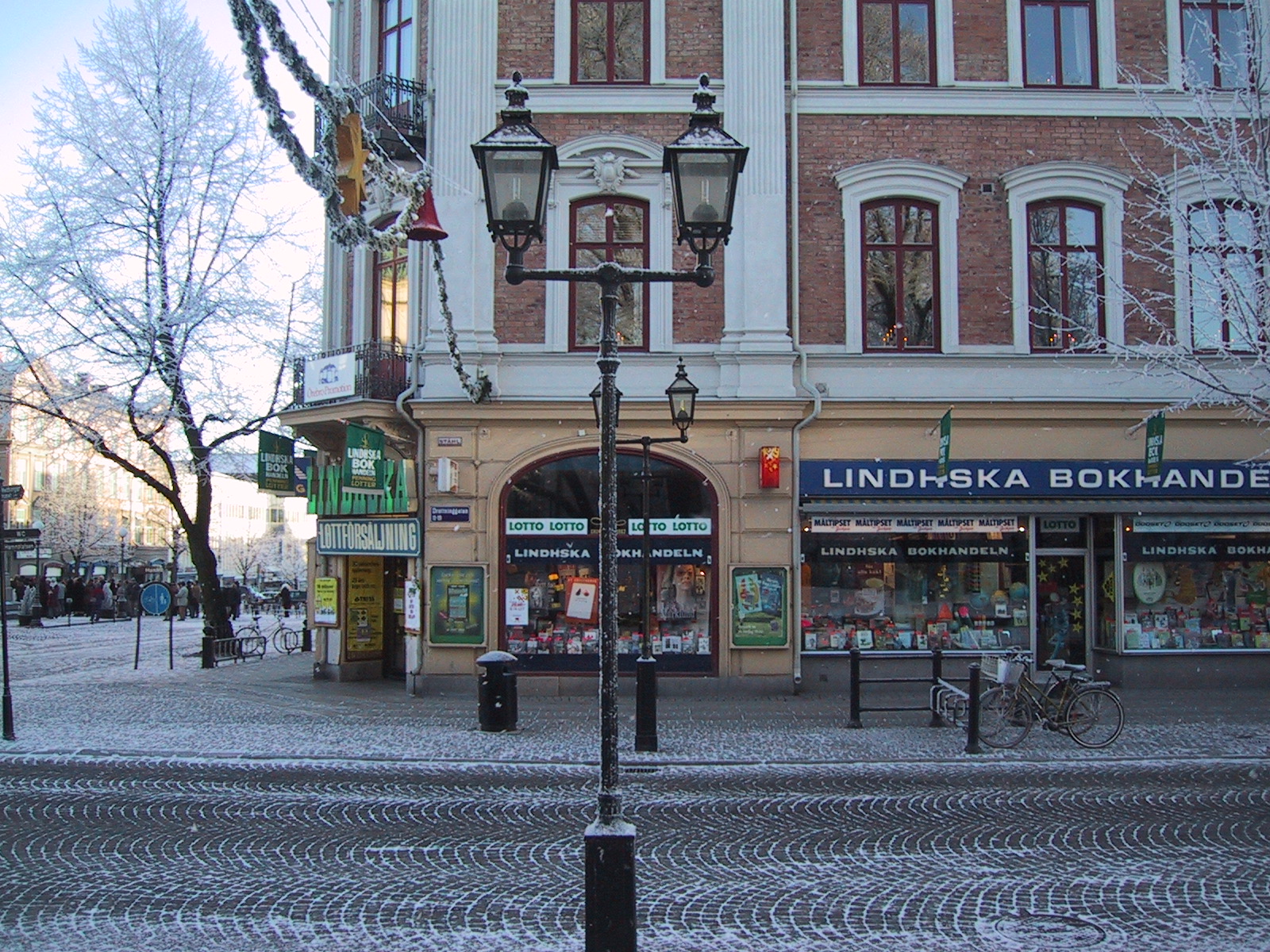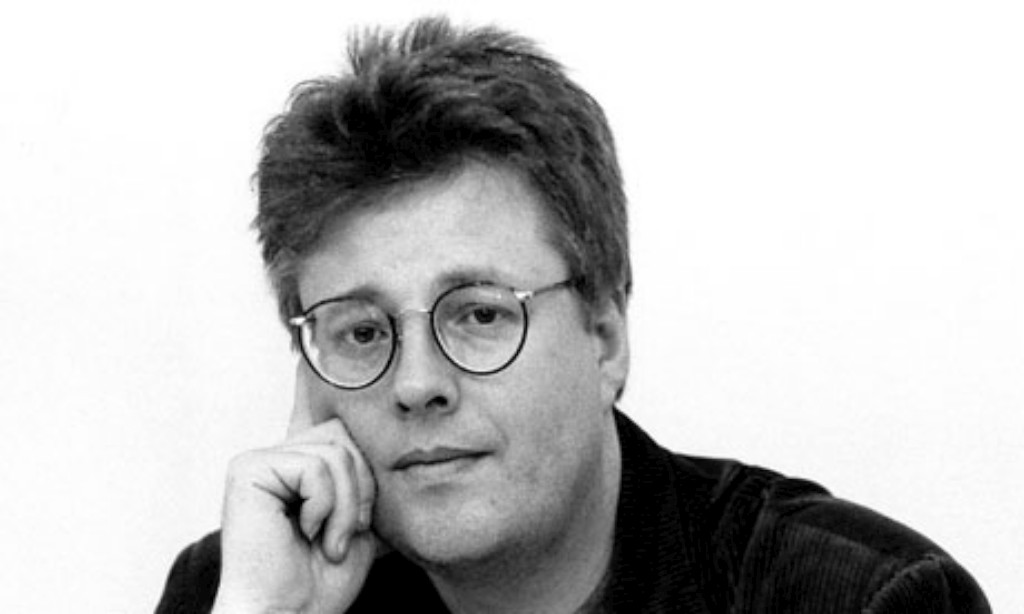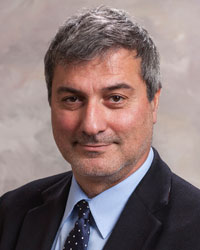Swedish News:
Swedes buy U.S. housing. Cheapest town to live in for Swedish students. Swedes, getting more and older. Stieg Larsson’s growing estate.
-
 Örebro – cheapest in Sweden for students. Photo: Lars Aronsson
Örebro – cheapest in Sweden for students. Photo: Lars Aronsson -
-
Swedes buy U.S. housing
An apartment in the U.S. is something that attract more and more Swedes. During the 2009-2013 period, the interest increased by 100%, according to statistics from Realtytrac, a real estate information company and online marketplace (for foreclosed and defaulted properties in the U.S.) and 24/7 Wall St., an analysis and commentary for U.S. and Global Equity Investors. What then is it that makes owning a home in America so attractive to a Swede? Other than the popularity of certain U.S. destinations and cities, the main answer is pricing. Because of the financial crisis that hit the U.S., owning an apartment there has become relatively cheap for Swedes. -
 Swedes want to own homes in America, and are able to buy them also thanks to the recent financial crisis in the U.S. Above the Williamsburg section of Brooklyn, NY, one of the most popular areas for visiting Swedes. Photo: Jaspermaz
Swedes want to own homes in America, and are able to buy them also thanks to the recent financial crisis in the U.S. Above the Williamsburg section of Brooklyn, NY, one of the most popular areas for visiting Swedes. Photo: Jaspermaz -
-
Cheapest town to live in for Swedish students
If you’re thinking about studying in Sweden next fall, you're too late as the deadline for colleges and universities was April 15 (although most courses will accept late applicants). You might also want to know that the cheapest place for a student to live in Sweden is the city of Örebro, and the most expensive is Göteborg. To look for a course at a Swedish college or university, check out: antagning.se -
 The Swedish population is increasing rapidly and by 2060 it will reach 11.8 million.
The Swedish population is increasing rapidly and by 2060 it will reach 11.8 million. -
Swedes, getting more plentiful and older
There are more and more Swedes, and they're getting older and older. (No real surprises there) Of the children born in 2014, 68 percent of the girls and 60 percent of the boys are expected to live until they’re well over 90, according to statistics from Statistics Sweden. Meanwhile, the population will reach 10 million in about three years (today there are 9.6 million Swedes). In 2060, Sweden will reach a population of 11.8 million, and primarily it’s the number of elderly that’s increasing. Sweden is expected to have 3 million people over age 65 in 2060, as compared to the 1.9 million today. Some 833,000 people are expected to be added to the current population during the next decade. The reason is that more people will be born in Sweden than die there in the future. Add to that an increased immigration. Today 1.5 million Swedes were born abroad, that’s 16% of the entire population. In the near future it is the war in Syria, which makes the Swedish population swell. But according to Statistics Sweden it is difficult to predict the exact number of immigrants in the future, in part because it is hard to guess how long the civil war will last. -
 Stieg Larsson’s estate is growing and is now worth over $45 million. Larsson, who authored "The Girl With the Dragon Tattoo" and the rest of the Millenium trilogy, died in 2004 at age 50.
Stieg Larsson’s estate is growing and is now worth over $45 million. Larsson, who authored "The Girl With the Dragon Tattoo" and the rest of the Millenium trilogy, died in 2004 at age 50. -
Stieg Larsson's growing estate
The estate of the author Stieg Larsson continues to grow and is now worth over 300 million SEK ($45 million). In the meantime, the falling sales have more than halved the turnover and profit in the company that manages the wealth. Author Stieg Larsson’s crime trilogy has sold more than 70 million copies worldwide, and the revenues continue to trickle in. Moggliden AB, Larsson’s family company which manages the writer’s legacy, had sales for over 50 million SEK ($7.6 million) during 2012, and made 28 million SEK ($4.2 million) in profit after tax. According to the company’s latest annual report, it has assets of just over 317 million SEK ($48 million). But even if the books continue to sell, both the turnover and the profit of the company have fallen sharply since 2010; the year after the Swedish films based on Larsson’s books appeared in movie theaters. -
 A research team at the Karolinska Institutet led by MD Paolo Macchiarini, has successfully transplated a regenerated esophagus into a rat.
A research team at the Karolinska Institutet led by MD Paolo Macchiarini, has successfully transplated a regenerated esophagus into a rat. -
Regenerated esophagus transplanted at Karolinska in Stockholm
A research team at the Karolinska Institutet led by MD Paolo Macchiarini, has successfully transplated a regenerated esophagus into a rat using a bioreactor developed by Harvard Apparatus Regenerative Technology (HART), a spin-off of Harvard Bioscience. Macchiarini has previously done several successful regenerated trachea transplants in human patients using a HART bioreactor. It has been difficult to grow tissue to replace a damaged esophagus. In humans, an esophagus is much longer and not a hollow tube like a trachea, it is instead muscly. “We believe that these very promising findings represent major advances toward the clinical translation of tissue engineered esophagi,” said Macchiarini. David Green, CEO of Harvard Apparatus Regenerative Technology, said, “We congratulate Professor Macchiarini and his research team for this breakthrough in the development of a regenerated esophagus for transplant. We are honored to have been able to support this work by adapting our trachea regeneration bioreactor specifically for the regeneration of the esophagus.” -
-
